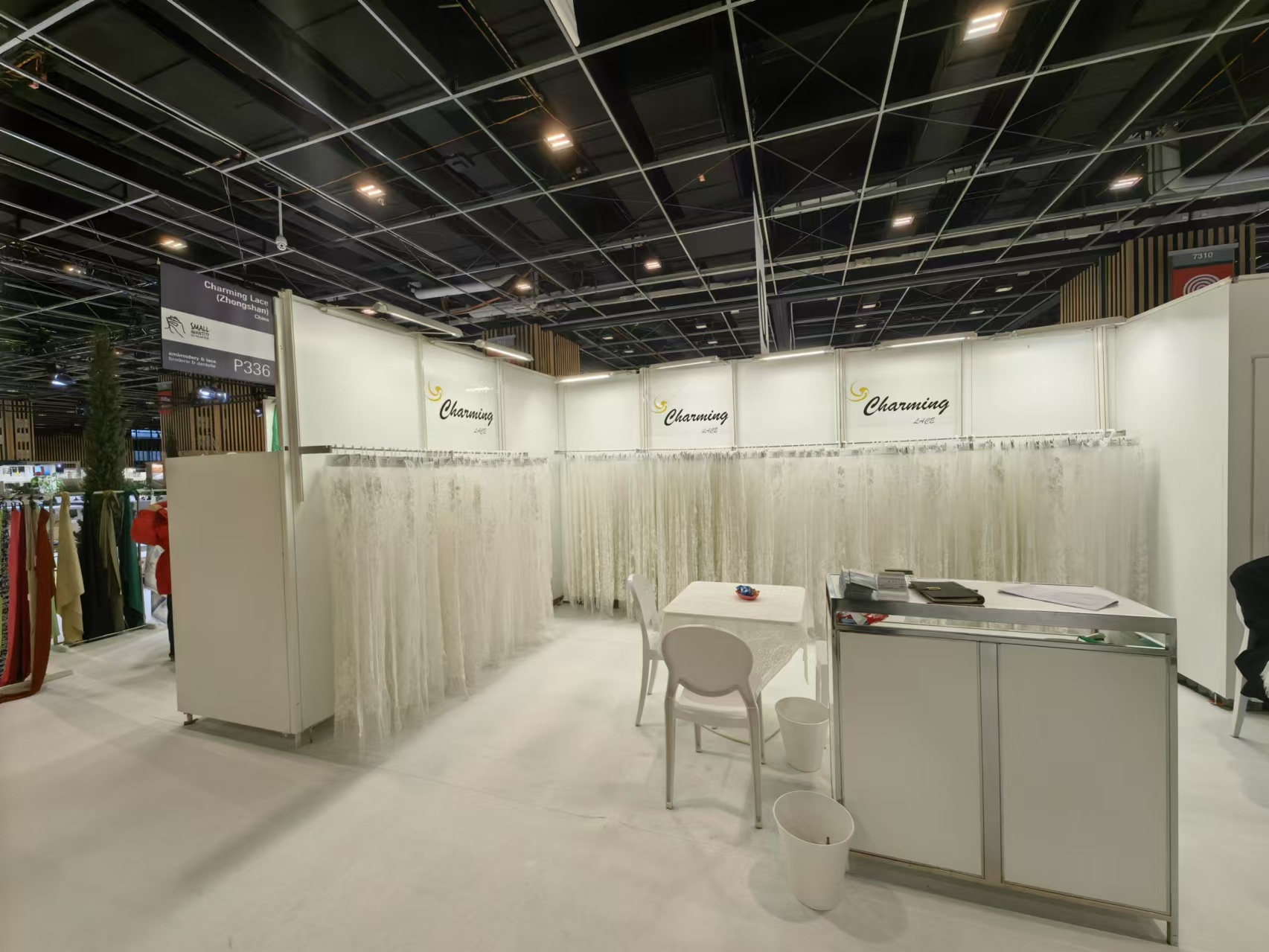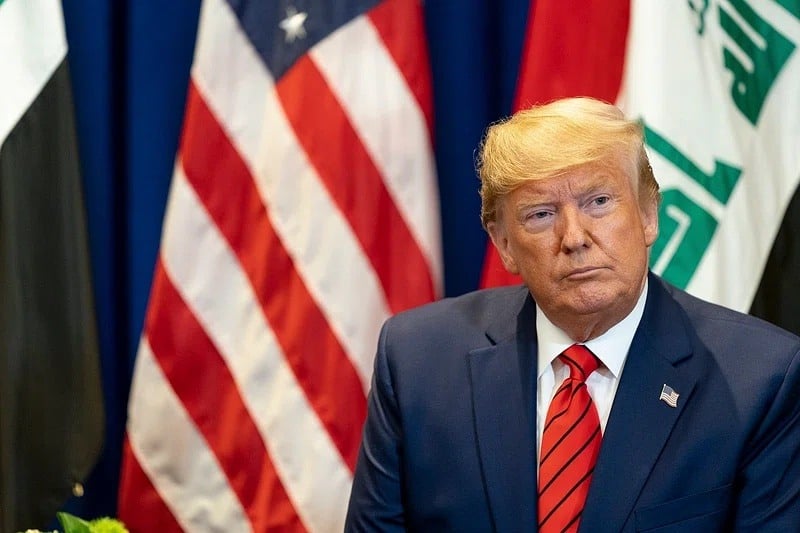
US Tariff Hikes: How the Fashion Industry Is Adapting and Evolving
 Introduction
Introduction
In an increasingly interconnected global market, tariffs have emerged as a significant tool for shaping trade dynamics. This blog explores how raising tariffs in the United States could influence the fashion industry, examining both direct and indirect effects.
Increased Import Costs
Tariffs are taxes imposed on imported goods, effectively increasing their prices in importing countries. For the fashion sector, which heavily relies on imported materials such as fabric, leather, and synthetic fibers, this means higher production costs for manufacturers. As a result, these increased costs often translate into higher retail prices, impacting consumer budgets and potentially reducing demand.
Impact on Local Manufacturers
The fashion industry benefits from sourcing materials from countries with abundant natural resources or labor. When tariffs rise on imports from places like China or India, domestic manufacturers in the U.S. face increased competition from imported goods. This shift can strain local manufacturers' competitiveness, leading to reduced market share and economic losses.
Rise in Global Competition
The protectionist measures through tariffs can inadvertently boost domestic industries by making foreign fashion brands more expensive. However, this intensifies competition for U.S. domestic manufacturers, forcing them to compete on price or quality to maintain a foothold in the global market.
Supply Chain Shifts and Job Implications
Higher tariffs may lead to strategic sourcing changes as companies seek cheaper alternatives from other regions. This could result in diversification of supply chains but also poses risks if local production becomes unviable due to increased costs, potentially leading to job losses in affected regions.
Conclusion
While raising tariffs on imports presents challenges for the U.S. fashion industry, it also offers opportunities for domestic manufacturers and reshapes global trade dynamics. The industry must navigate these changes with a strategic approach, considering both immediate economic impacts and long-term competitive landscapes. Balancing cost management with innovation will be crucial for sustaining growth in an evolving market environment.
In conclusion, the effects of US tariffs on fashion are multifaceted, influencing supply chains, pricing strategies, and local manufacturing capabilities. Understanding these dynamics is essential for all stakeholders in the industry to adapt effectively to future trade challenges.
